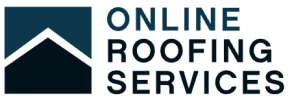Late updated: 15 Apr 2025 11:04
Written by: Oliver Bennett
Essential Roof Safety Gear For UK Contractors: A Guide to Staying Protected
Ensuring safety in roof work is paramount for UK contractors. Working at height presents unique challenges, and proper gear can make the difference between a secure job site and potential hazards. The essential roof safety gear includes full-body harnesses, helmets, stabilizer bars, and safety nets. These tools not only protect workers but also ensure compliance with industry standards.
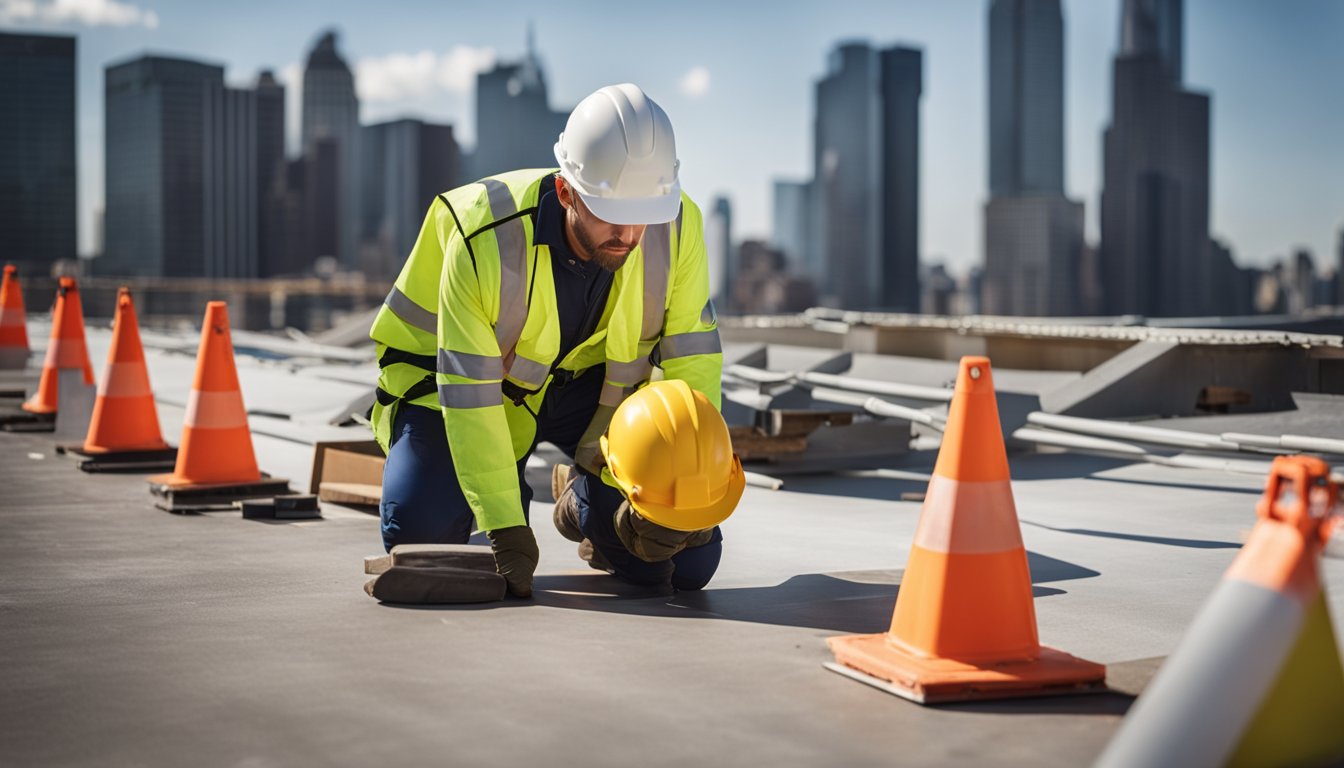
Roof safety is not just about having the right equipment; it involves understanding how to properly implement and maintain safety practices. Proper training on the use and upkeep of safety gear is vital. Inappropriate use or neglecting to follow guidelines can reduce the effectiveness of even the most sophisticated safety equipment.
In addition to the gear, establishing routine safety checks is crucial. Implementing consistent safety audits and ensuring that all equipment is in peak condition will help maintain a safe work environment. The combination of proper tools, training, and maintenance creates a robust safety culture that protects everyone involved.
Key Takeaways
- Essential roof safety gear includes harnesses, helmets, and safety nets.
- Proper equipment use and maintenance are key to effective safety practices.
- Routine safety checks ensure a safe working environment.
Identifying Essential Roof Safety Equipment
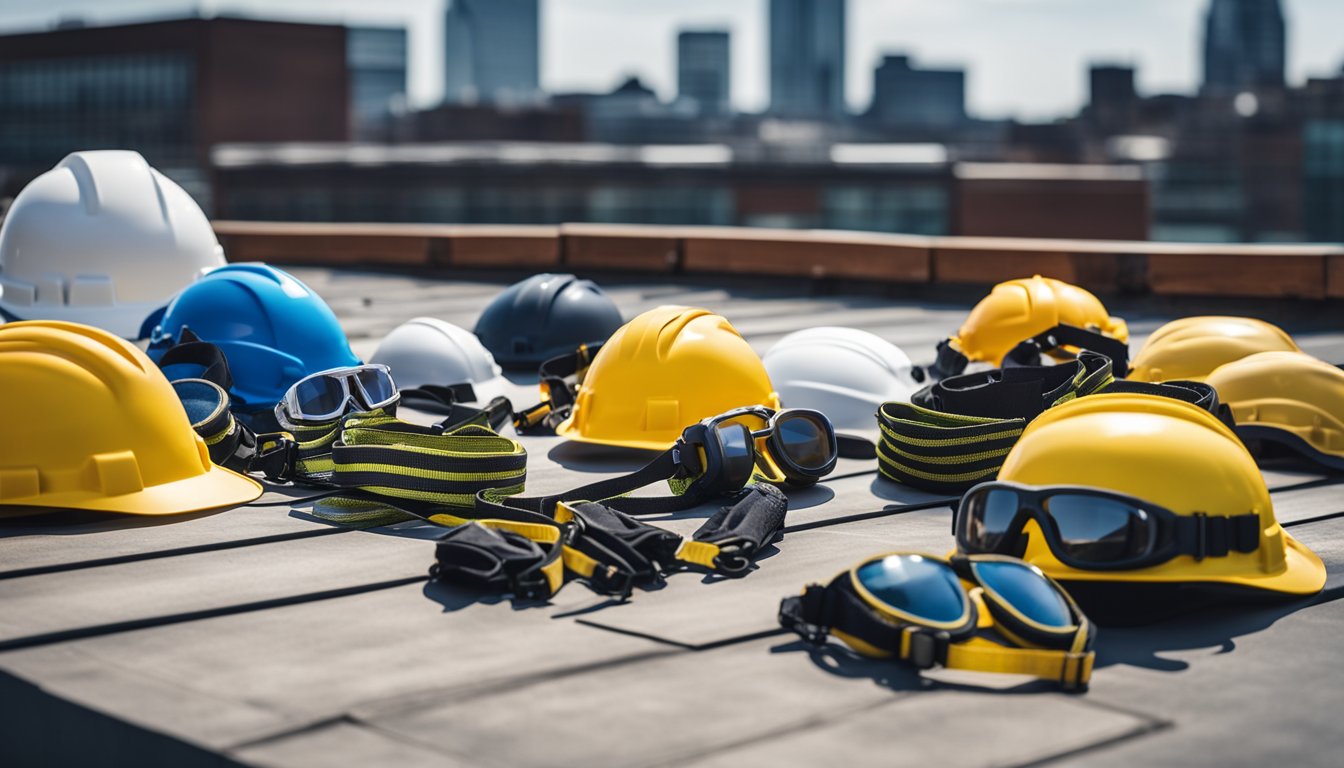
Roof safety is critical for ensuring the well-being of contractors working at height. Proper selection and use of essential equipment can significantly mitigate risks.
The Role of Personal Protective Equipment (PPE)
Personal Protective Equipment (PPE) is vital in safeguarding roofers from potential hazards. Our primary focus is to ensure that each team member is equipped with appropriate PPE. This includes safety helmets to protect against head injuries, high-visibility clothing for optimal visibility, and non-slip boots for better traction on various surfaces.
Ensuring a proper fit for each piece of PPE is crucial. Ill-fitting equipment can lead to discomfort and accidents. Safety gloves are another key component, offering protection from sharp materials and improving grip. It is essential to inspect PPE regularly for wear and tear, replacing any damaged items promptly to maintain their protective function.
Understanding Fall Arrest Systems
Fall arrest systems play a crucial role in preventing injuries from falls. These systems typically comprise several components such as safety harnesses, fall arrest blocks, and lanyards. We must ensure harnesses are properly fitted and that all connecting hardware is secure.
For optimal safety, fall arrest blocks should allow workers to move freely while offering a quick locking mechanism in case of a fall. Lanyards, connected to anchor systems, must be tested and certified to hold the required weight. Regular inspection and maintenance of the fall arrest system components are vital to ensure they perform as required in emergencies.
Implementing Safe Roof Work Practices
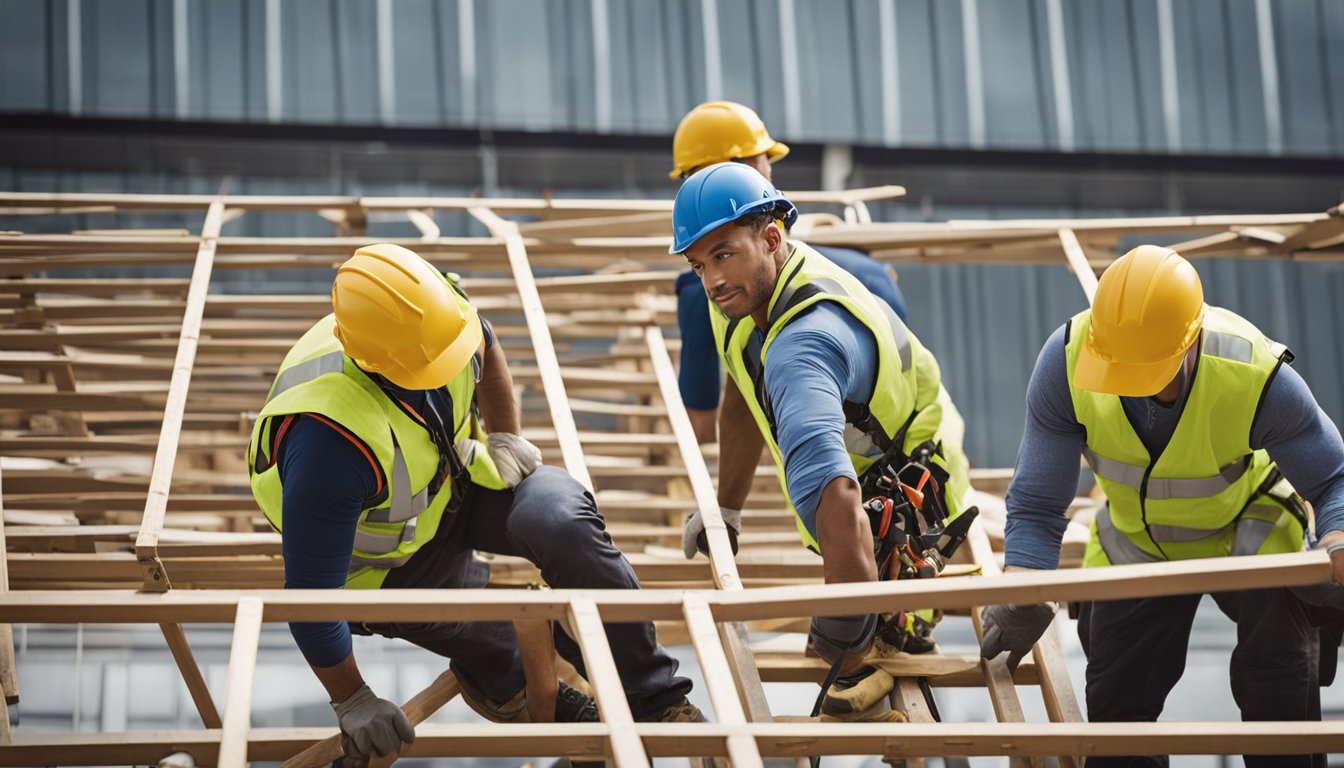
Ensuring safety when working on roofs involves using appropriate gear and understanding effective strategies. Safety nets, guardrails, and secure staging are essential. Stability on roof surfaces and proper equipment delivery also contribute to safe roof work environments. Let's explore these key aspects in detail.
Proper Installation and Use of Safety Nets and Guardrails
Safety nets and guardrails play a critical role in fall protection. We must install safety nets beneath roof surfaces to catch any accidental falls, minimising injury risk. These nets should be high-quality and regularly inspected for wear.
Guardrails should be placed around the roof perimeter. Proper installation requires securing rails at a suitable height using robust materials. It’s crucial that these barriers are regularly inspected for stability and potential defects, ensuring they provide continuous protection. Adequate training on installation procedures and maintenance is also essential to maximise the effectiveness of these protective measures.
Ensuring Effective Grip and Stability on Roof Surfaces
Maintaining grip and stability on roof surfaces is vital for worker safety. We should choose appropriate footwear with non-slip soles, designed to provide the best grip. Rubber-soled boots are commonly recommended, reducing slip risk on various roof surfaces.
Additionally, using temporary walkways or mats adds extra grip, offering a stable surface for movement. Lightweight and easily adjustable, these mats prevent slips and distribute pressure evenly.
Periodic inspections of roof surfaces help identify potential hazards or areas needing additional grip solutions. Our approach must be proactive, focusing on preventing accidents before they occur.
Safety Protocols for Equipment Delivery and Staging
The safe delivery and staging of equipment prevent unnecessary risks during roof work. To facilitate this, we must implement a comprehensive plan that includes secure lifting equipment and stabilising loads before lifting.
Designated drop zones help coordinate equipment delivery, preventing materials from being left unsecured. Use of scaffold and tower scaffold ensures safe and stable access to roofs, receiving even the heaviest equipment safely.
Workers should be trained on safe lifting techniques and equipment use to minimise risks. By fostering teamwork and clear communication, we enhance safety and efficiency, ensuring a secure working environment for all.
Frequently Asked Questions
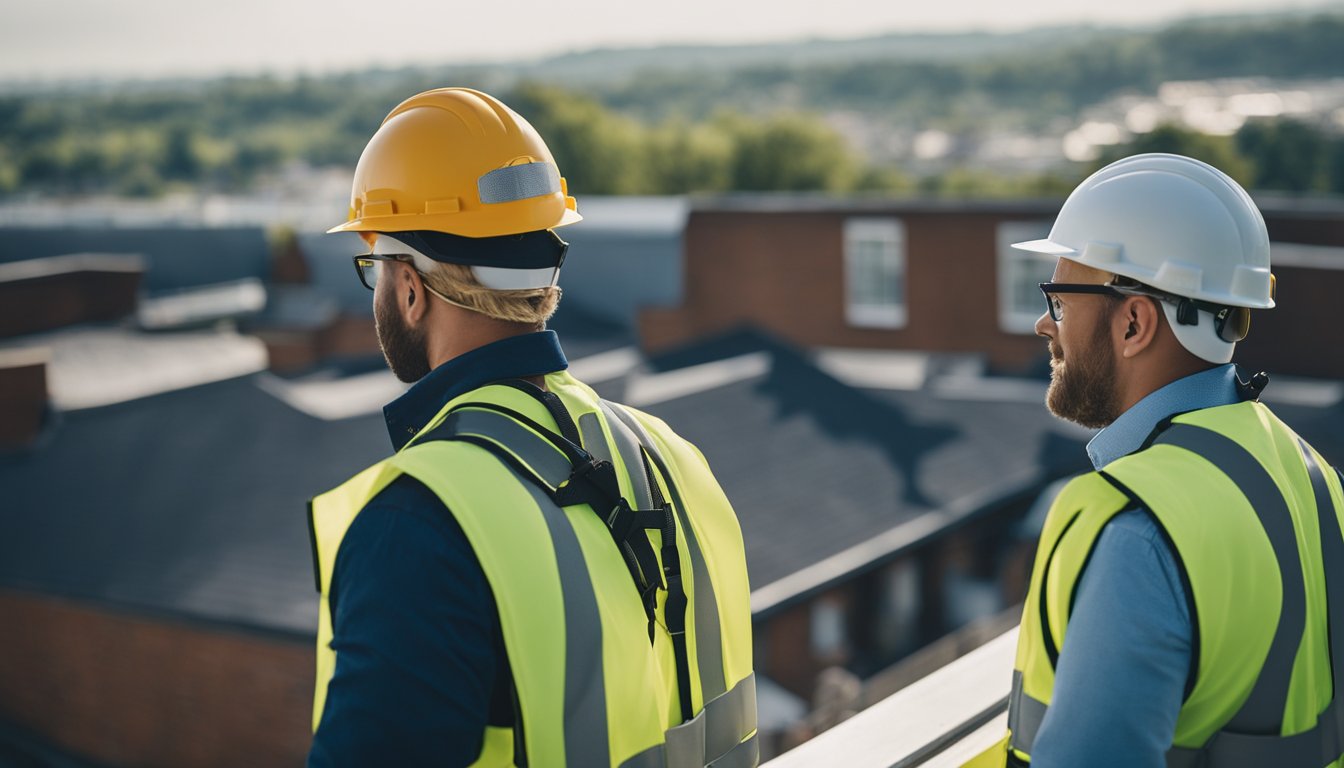
As we navigate the complexities of roof safety for UK contractors, we address several common questions. These range from essential personal protective equipment to regulatory mandates.
What personal protective equipment should roofers use in the UK?
Roofers should be equipped with a safety harness, hard hats, non-slip boots, and high-visibility clothing. Each piece is crucial for safety while working at heights and ensuring compliance with safety standards.
What are the current Health and Safety Executive regulations for working at height in the UK?
The Health and Safety Executive (HSE) mandates proper planning and risk assessment for all work at height activities. Workers must be trained, and suitable safety equipment must be used to prevent falls and injuries.
How should a roof safety harness anchor point be installed and used?
Anchor points must be tested for strength and securely fixed to the roof structure. It's vital that they are installed following manufacturer guidelines, ensuring they can withstand the forces generated in the event of a fall.
Is the use of scaffolding mandatory for all roofing work in the UK?
While not always mandatory, scaffolding is necessary when it significantly reduces risk. The need for scaffolding is determined based on a risk assessment of the specific work being undertaken.
What items should be included in a roof work safety checklist?
A roof work safety checklist should include verification of equipment like harnesses and helmets, inspection of anchor points, weather conditions, appropriate training, and emergency procedures adherence.
Are roofers in the UK legally required to wear harnesses during roofing projects?
There is a legal requirement for wearing harnesses when the risk of falling cannot be mitigated by other means. Roofers must use harnesses when working at heights where there is a significant risk of falls.
